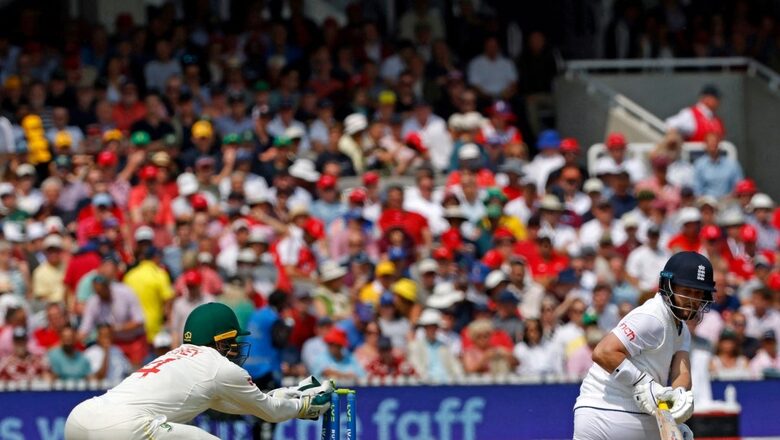ICC Changes Rule to Stop Teams from Exploiting Stumping Review to Check Other Dismissals Without DRS

views
The International Cricket Council (ICC) has reportedly put into effect a major rule change which will now prevent a fielding team from exploiting a stumping review loophole.
Appeals for stumpings when referred by the on-field umpires will now exclusively be for checking the possibility of the said dismissal and no longer used to asses the potential of other forms of dismissals (caught-behind).
Also Read: Manjrekar Blames ‘New-age’ Batting for Day 1 Mayhem in Cape Town
Teams often use stumping review to also check for the possibility of caught-behind decision without having to dip into their limited Decision Review System (DRS) appeals.
According to Cricbuzz, the rule change has already come into effect (from December 1, 2023) and stumping replays will now only showcase side-on angles.
“The change confines a stumping review to only check for stumped, therefore preventing the fielding team a free review for other modes of dismissal (i.e, caught behind) without choosing a player review,” the rule-change reads.
Concussion Substitute Rule Change
Another rule change that has been made concerns with the concussion substitute. A player who comes in as concussion replacement will not be allowed to bowl if the player he/she replaces was suspended from bowling before being substituted.
“(It) provides clarity in the regulations to ensure that a replacement player will not be permitted to bowl if the replaced player was suspended from bowling at the time of their concussion,” the rule states.
No-ball Rule
The TV umpire can check all forms of foot fault besides overstepping.
“The third umpire will have broader scope to automatically check all forms of foot fault no ball in addition to the front foot,” the rule reads.
Limited Time for Injury Assessment
A team will now have only a limited time-frame in which to provide on-field assessment or treatment for an injury to its player.
“Clarifies the time limit (maximum four minutes) allowed for an on-field assessment or treatment of an injury,” the rule states.



















Comments
0 comment